Introduction
In the realm of exotic beverages, few drinks spark curiosity quite like 虫屎茶 (Chóngshǐ Chá), a traditional Chinese tea with a name that literally translates to “insect droppings tea.” Despite its unappetizing moniker, this unique infusion has been cherished for centuries in regions like Guangxi, Hunan, and Guizhou, where it is revered for its distinct flavor, cultural significance, and purported health benefits. But what exactly is this tea, and why do people willingly consume what appears to be insect waste? This article delves into the fascinating world of 虫屎茶, exploring its origins, production process, cultural context, and the science behind its allure.
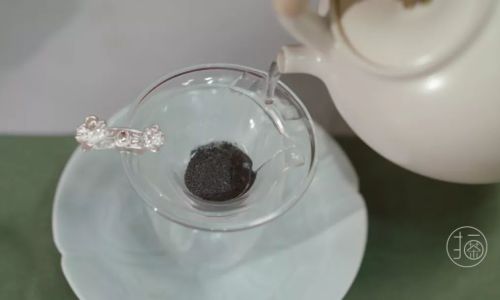
The Insect Behind the Tea: Meet the Coccid
At the heart of 虫屎茶 lies a tiny, unassuming insect: the coccid, specifically the species Coccus longispinus. These sap-sucking insects belong to the family Coccidae and are commonly found in subtropical and tropical regions. Unlike butterflies or beetles, which capture the public imagination with their beauty, coccids are diminutive, often stationary, and blend seamlessly into their environment. Their primary habitat is the leaves of certain plants, particularly the Lithocarpus litseifolius (a species of oak) and Camellia sinensis (the tea plant).
Coccids feed by piercing plant tissues with their proboscises and extracting sap, a diet rich in sugars but lacking essential nutrients like nitrogen. To compensate, these insects have evolved a symbiotic relationship with gut bacteria that help them metabolize sap into usable compounds. This process, however, results in the excretion of tiny, pellet-like droppings—the raw material for 虫屎茶.
Life Cycle and Behavior
The life cycle of Coccus longisspinus is a study in simplicity. Females are wingless and remain attached to their host plant throughout their lives, reproducing asexually and giving birth to live young. Males, which are rare and short-lived, emerge only to mate. The insects’ sedentary lifestyle and rapid reproduction rates make them ideal for large-scale infestations, though in the context of 虫屎茶, their numbers are carefully managed by producers.
The Production Process: From Droppings to Delicacy
Creating 虫屎茶 is a labor-intensive process that blends agriculture, entomology, and traditional craftsmanship. Here’s how it unfolds:
-
Host Plant Cultivation: Farmers cultivate Lithocarpus litseifolius or tea plants in controlled environments, often in mountainous regions with high humidity and mild temperatures—ideal conditions for coccids to thrive.
-
Insect Colonization: Branches infested with coccids are intentionally placed on the plants. The insects feed on the sap, and their droppings begin to accumulate on the leaves.
-
Harvesting: After several weeks, the droppings—now coated in a sticky residue from the plant sap—are carefully collected. This requires handpicking or gentle shaking of the branches to dislodge the pellets without damaging the insects.
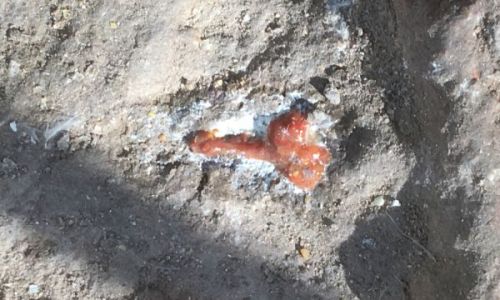
-
Fermentation: The raw droppings are mixed with crushed leaves, stems, or bark from the host plant, creating a moist substrate. This mixture is then fermented in wooden barrels or bamboo baskets for several months. Fermentation breaks down complex compounds, mellowing the flavor and developing the tea’s characteristic earthy aroma.
-
Roasting and Drying: Post-fermentation, the mixture is roasted over low heat to halt fermentation and remove excess moisture. The result is a dark, granular product resembling tiny coffee beans or tea leaves.
-
Aging: Some producers age the tea further in ceramic jars or cloth bags, allowing flavors to deepen over time—a process akin to aging puerh tea.
The Flavor Profile: Earthy, Sweet, and Surprisingly Complex
Despite its origins, 虫屎茶 does not taste like waste. Instead, it offers a nuanced flavor profile often described as:
- Aroma: Reminiscent of damp forest floors, with hints of dried fruit and woodsmoke.
- Taste: Earthy and slightly sweet, with umami undertones and a lingering finish akin to dark chocolate or roasted barley.
- Texture: The granules dissolve slowly in hot water, releasing a rich, amber-hued liquor with a smooth mouthfeel.
This complexity arises from the fermentation process, which transforms the insects’ excretions into a brew rich in polyphenols, amino acids, and enzymes.
Historical and Cultural Context
The consumption of insect-derived products is not unique to China. Cultures worldwide have long incorporated insects into their diets, from fried crickets in Thailand to mealworm tacos in Mexico. However, 虫屎茶 occupies a niche category: a beverage intentionally crafted from insect byproducts.
Origins in Traditional Medicine
Historical records suggest 虫屎茶 was first consumed during the Ming Dynasty (1368–1644) as a folk remedy for digestive issues, colds, and fatigue. Its use in traditional Chinese medicine (TCM) is rooted in the belief that it detoxifies the body, improves circulation, and balances “qi” (vital energy). While modern science has yet to validate all these claims, preliminary studies hint at potential antioxidant and anti-inflammatory properties.
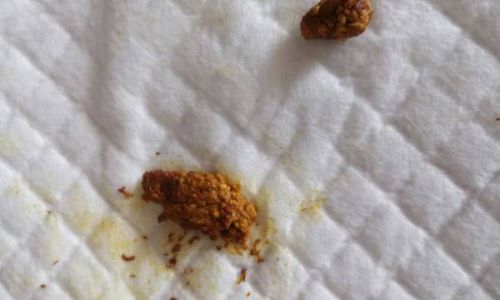
Cultural Symbolism
In rural communities, 虫屎茶 is more than a beverage—it’s a symbol of resilience and resourcefulness. Historically, peasants brewed it as an affordable alternative to conventional tea during times of scarcity. Today, it remains a point of pride in regions like Guilin, where it is served to guests as a mark of hospitality.
Rituals and Preparation
Preparing 虫屎茶 is a ritualistic affair. The granules are typically steeped in a gaiwan (a lidded Chinese teacup) or clay teapot using water heated to around 85°C (185°F). Multiple infusions are common, with each steeping releasing layers of flavor. Some enthusiasts add honey, rock sugar, or dried fruits to balance the earthiness, though purists insist on drinking it plain.
Health Benefits: Myths vs. Science
The allure of 虫屎茶 extends beyond its cultural significance. Advocates claim it aids digestion, boosts immunity, and even detoxifies the liver. But what does science say?
Nutritional Composition
Research indicates 虫屎茶 contains:
- Polyphenols: Antioxidants that combat oxidative stress.
- Caffeine: Though in lower concentrations than regular tea.
- Proteins and Amino Acids: Derived from the insects’ diet and gut bacteria.
- Dietary Fiber: From the fermented plant matter.
Potential Health Effects
- Antioxidant Activity: A 2018 study published in the Journal of Ethnopharmacology found that 虫屎茶 extracts scavenged free radicals in vitro, suggesting potential anti-aging benefits.
- Gut Health: The fermentation process may introduce probiotic bacteria, though this requires further investigation.
- Anti-Inflammatory Properties: Preliminary animal studies hint at reduced inflammation markers, but human trials are lacking.
Safety Concerns
While 虫屎茶 is generally considered safe, concerns arise from potential contaminants like pesticides or heavy metals. Reputable producers adhere to strict quality controls, including testing for pathogens and toxins. However, informal harvesting in the wild carries risks, underscoring the importance of sourcing from certified vendors.
Controversies and Cultural Misunderstandings
The concept of drinking insect droppings evokes strong reactions, ranging from disgust to fascination. In Western cultures, where insects are rarely consumed, 虫屎茶 is often dismissed as bizarre or unsanitary. However, proponents argue that this aversion stems from cultural conditioning rather than objective assessment.
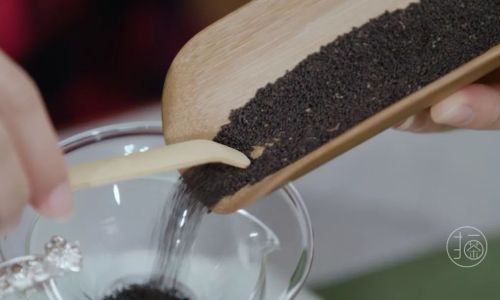
The “Ick Factor”: A Psychological Perspective
Disgust toward insect-derived foods is deeply rooted in human evolution. Psychologists theorize that such aversions protected early humans from pathogens. Yet, as globalization exposes consumers to diverse cuisines, attitudes are shifting. Insects are now marketed as sustainable protein sources, and products like cricket flour and mealworm chocolate are gaining traction.
Comparative Perspectives
虫屎茶 is not alone in its unconventional origins. Other cultures consume:
- Kopi Luwak: Coffee beans eaten and excreted by civets.
- Bird’s Nest Soup: Made from swiftlet saliva.
- Hákarl: Fermented shark meat in Iceland.
Like these examples, 虫屎茶 challenges Western notions of culinary norms, inviting reflection on what constitutes “food.”
Modern Adaptations and Global Interest
In recent years, 虫屎茶 has transcended its regional roots, capturing the attention of gastronomes and wellness enthusiasts worldwide. Specialty tea shops in cities like New York, London, and Tokyo now stock limited batches, often priced at a premium.
Culinary Innovations
Chefs are experimenting with 虫屎茶 in unexpected ways:
- Cocktails: Infused into spirits like vodka or whiskey.
- Desserts: Mixed into ice cream or chocolate truffles.
- Savory Dishes: Used as a seasoning for roasted meats or vegetables.
Sustainability Appeal
As climate change intensifies, insect-based products are gaining traction as eco-friendly alternatives. Producing 虫屎茶 requires minimal land, water, and feed compared to livestock, aligning with global sustainability goals.
Challenges and Criticisms
Despite its growing popularity, 虫屎茶 faces hurdles:
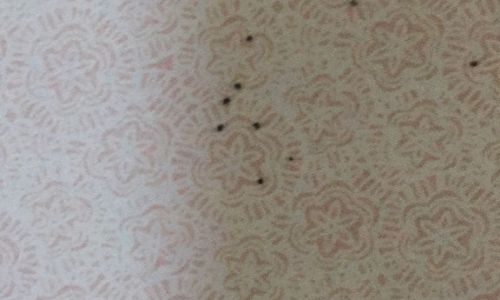
- Scalability: Mass production could disrupt delicate ecosystems or insect populations.
- Quality Control: Ensuring consistency and safety remains challenging for small-scale producers.
- Cultural Appropriation: Critics argue that commercializing 虫屎茶 risks eroding its cultural significance.
Conclusion: A Taste of Tradition in a Modern World
虫屎茶 is more than a curiosity—it’s a testament to human ingenuity and the enduring bond between culture and nature. While its name may raise eyebrows, one sip reveals a beverage steeped in history, complexity, and a quiet respect for the natural world. As global palates evolve and sustainability becomes paramount, this ancient tea may yet find its place in the future of food.
In a world where the line between “edible” and “inedible” is increasingly blurred, 虫屎茶 invites us to reconsider our prejudices and savor the unexpected. After all, the most extraordinary flavors often hide in the most ordinary—or in this case, extraordinary—places.


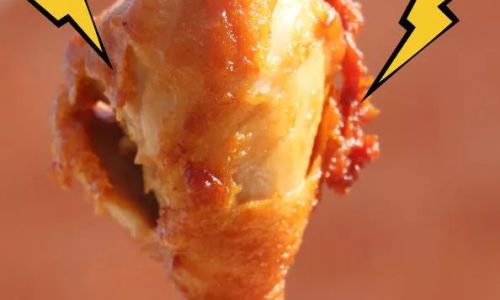
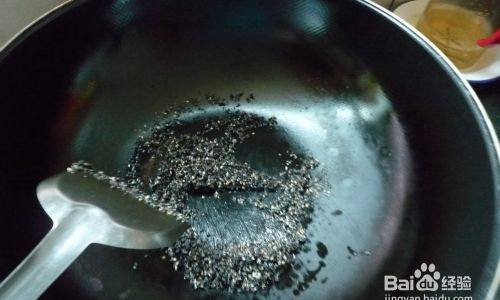
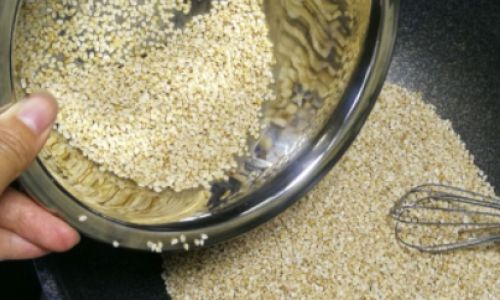
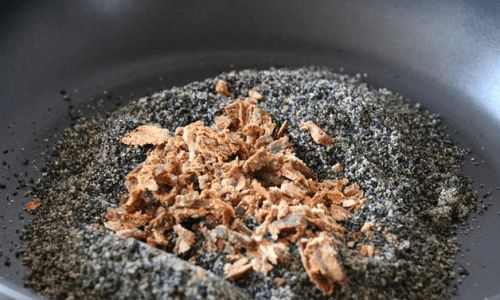
0 comments